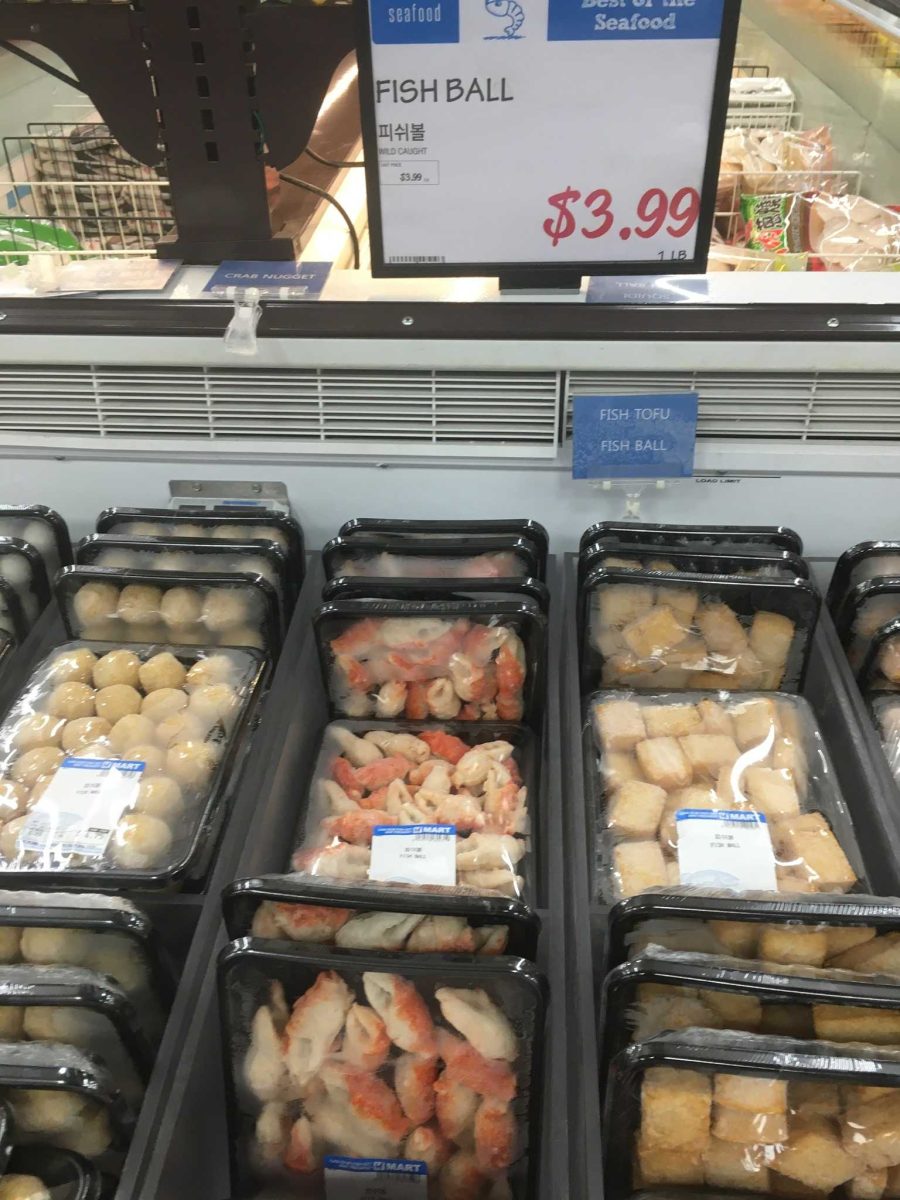Written by Nicole Villanueva
In case you’ve been living from under a rock, and are unaware, our nation is currently in recovery from the longest government shutdown in history, and low-income families are being disproportionately affected.
The nation standoff for President Trump’s demand for funding a new border wall, put government funded operations at a halt. The ripple effect continues. This was a scary and uncertain time for many families and workers affected. One community in particular being those who rely on the government funded program SNAP, or the Supplemental Nutrition Assistance Program.
Low income families rely on SNAP to get by and feed their children. The shutdown proposed a threat of funds running dry, leaving millions of families without the support they have come to depend on for so long. In early January, the Department of Agriculture responded quickly to the fearful uncertainty.
“Our motto here at USDA has been to do right and feed everyone,” said Secretary of Agriculture Sonny Perdue on Jan. 8. His solution to food security for SNAP recipients was to disperse February’s food stamps by Jan. 20. This meant people would have more to spend for the month of January, but would need to be cautious to stretch their food budget for the following month. The fate for March was unclear.
To follow, President Trump announced on Jan. 25, that he was “temporarily,” lifting the government shutdown. With the government back in motion, the funding is back on track. At least for now.
While Perdue’s solution did offer some relief, it also comes with a cost. The early disbursement of February’s funds has caused a longer gap for the disbursement of funds for March. Where the typical wait time time for individuals and families to receive SNAP benefits is 30-31 days, there will now be a possible 40-50 day gap.
For people that are already stretching their budgets thin, this longer gap brings u
p a lot of household stress. In-fact, many people that receive food stamps also rely on other meal assist programs because the stamps alone are just not enough.
The Washington Post reported that in 2018, according to the Department of Agriculture, the average SNAP recipient receives $125.25 per person in a month. Breaking down to to less than $4.50 a day. That is what a lot of us spend on a single Starbucks drink a day, let alone a meal. This extra 10 day gap is a crisis for many.
As the ripple effect of the shutdown will continue to impact low-income individuals and families, it will also reach past to the community meal resources they will need to turn to.
Food banks, along with other charities that supply food to the hungry will experience a greater strain in the weeks to come. “Feeding America,” the nation’s largest domestic hunger relief program is doing their part to support those affected by the shutdown. If you or someone you know needs food support or would like to offer help, you can visit https://www.feedingamerica.org/. Here you will find local services and information for any nutritional and hunger needs.
As many are working to recover from the shutdown impact, we as a nation, can only wonder what could be dealt in a second shock wave, if the “temporary” threat proves true.













